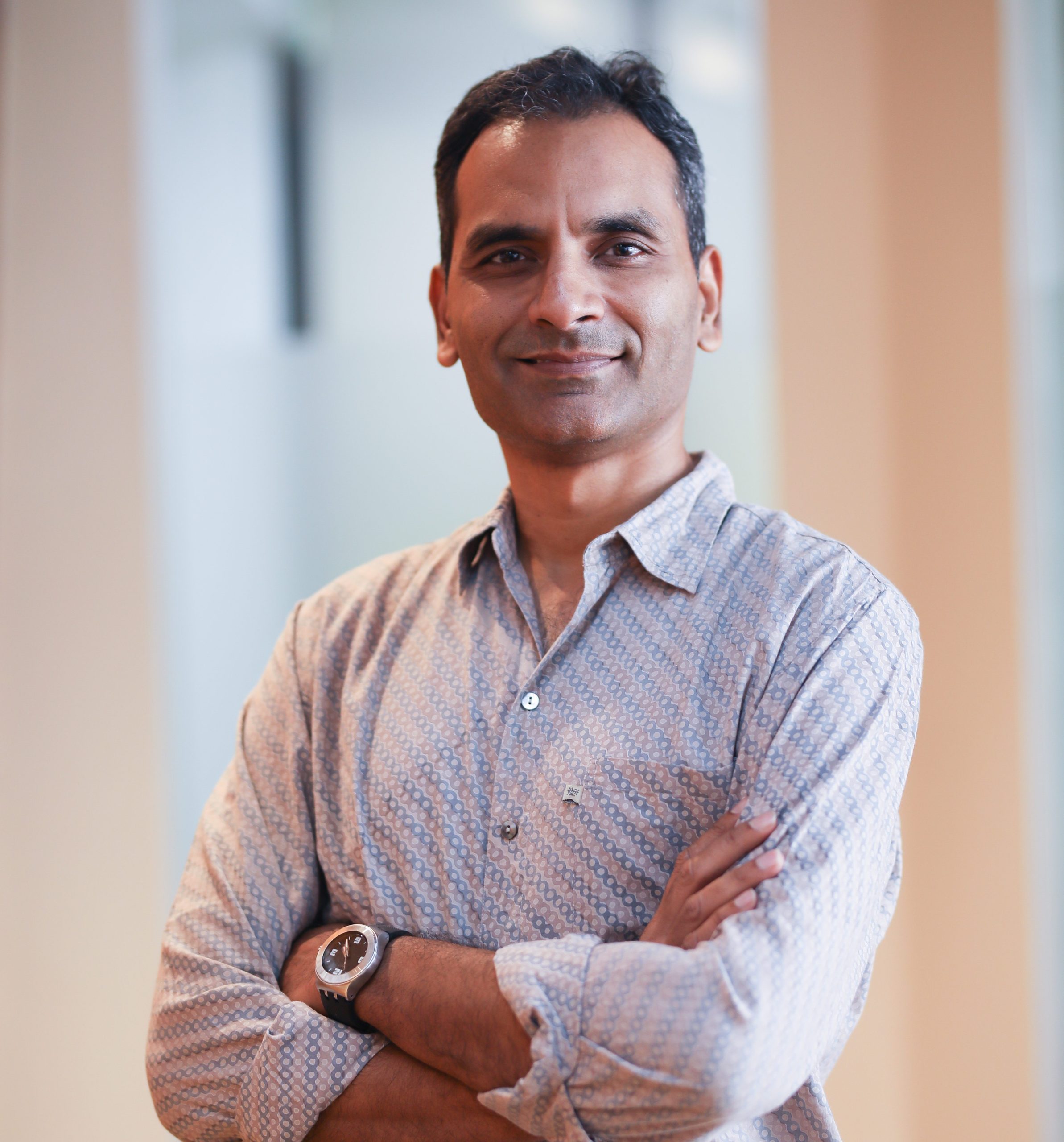Which works better when it comes to improving employee motivation in your organisation? Carrot or stick?
Well, the question is deeply offensive, and the answer is… neither, of course. Carrots and sticks are no longer used to improve productivity even in donkeys, in this, the twenty first century urban civilised world. You should safely assume that, beyond salary and benefits (though technically not “rewards” but simply fair wages for work), we don’t think in those terms anymore.
Yet, there are ubiquitous articles—self-help, productivity growth, even parenting—talking about the relative virtues of rewards versus punishments.
So, if you expect that all people are naturally self-motivated, why discuss rewards and punishment at all?
Firstly, because of the legacy we carry. Punishments were frequently used by parents and employers, and tomes were written to justify and moralise what was effectively the delivery of pain to make people do what they don’t want to do. We still hear people talk wistfully of those days, calling themselves “old-school”. And while no one applies corporal pain as a technique to get others to change behaviour, it isn’t uncommon to hear threats and shouts.
Yes, shouting is a form of violence and there are entire companies where shouting at those who work in your department is considered an integral part of the culture. Parents shouting at kids, a terrifying form of bullying coming from the one who holds your entire existence in their hands, is also depressingly common. But the wrongness of punishment aside, does it work? Well, yes, that’s why it was employed.
However, there’s a caveat. It works for a limited time (basically right after the punishment) and it certainly doesn’t work in a situation where the victim of the punishment has any choice in the matter at all. As baffled parents and employers find—teenagers will rebel, and employees will leave.
And why not rewards? A treat or a “good job” that makes your employee feel good. The stunningly patronising pat on the back, perhaps? Obviously, I don’t subscribe to it. There is a flawed assumption here of a vertical hierarchy where certain behaviours can be encouraged if they are suitably rewarded, much like the infamous experiment with Pavlov’s dogs.
So, if not rewards and punishments, what else is available? When you have hired employees who are self-driven, but you feel that the company on the whole is not living up to its potential? When your kids could do so much more, if only they just applied themselves?
The answer I propose lies in the world of sports: Coaching. These are the three things I would think about in lieu of the rewards-punishment matrix.
1. Clearing of unseen, out-of-their-control obstacles: If you assume the best in your players, and then they are performing far under par, what could be going on? A family problem, an injury or illness, an unseen disability. Give them the benefit of doubt and the space and support to figure out how to spot and then overcome any issues that may be holding them back.
2. Unconditional presence: What’s best for your employees may not be what’s best for the company. There have been many times when, in discussions, a valued employee has left to pursue better opportunities or greater goals. It’s important to take genuine delight in an employee’s growth even apart from their role in the company.
3. Horizontal relationships: I’ve written before about hierarchies. While it is necessary to have job roles and team leads, it is also important to not take that too seriously. In our organisation, it is unacceptable to treat anyone with anything less than respect. The idea that one person could get away with shouting or talking down to another, is simply unpalatable and against the culture of the company. We take complaints about ill treatment very seriously. If you look at sports, a coach is simply a member of the team. Not higher or lower, but with a distinct role, just like any other member. There’s a reason for this, even apart from its inherent rightness. When a person comes up with a brilliant new way of doing things and they present it to their boss, we really don’t want the first reaction to be a patronising pat or a mocking dismissal. Too many young people stop having brilliant out-of-the-box ideas because they know the kind of reaction they will get.
The important assumption here is that everyone (whose performance you’re concerned about) already knows what is best for themselves and wants to do it. Without this assumption, this basic trust, it is only human nature to start asserting control in ways that are toxic, violent and in the long term, pointlessly wrong.
A great book that talks about creating innovators (called, very simply, Creating Innovators by Tony Wagner) talks about what a millennial needs to be inspired to do their best work. Short answer: it isn’t money. Long answer (it isn’t that long) is a coach or mentor who gives them two very valuable things: They are empowered to do what they want, given “permission” in a way that undoes the conditioning that they have always received to toe the line AND they feel throughout their project life a certain whims or play in a way that they can get lost in the flow and deal with failures as merely iterations to success.
With this mindset, it is obvious that rewards and punishments would simply get in the way.


